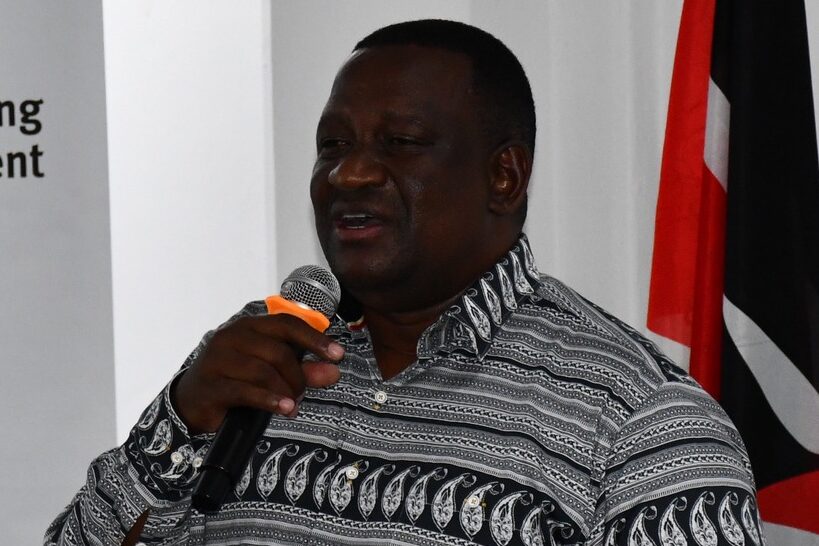For decades, Artisanal and Small-Scale Mining (ASM) has been framed through the lens of informality, rudimentary tools, low production output, and subsistence livelihoods. This narrative, while historically grounded, no longer captures the full reality of today’s ASM landscape. With the advent of accessible technologies, from portable crushing equipment to GPS-based mapping tools, digital traceability platforms, and mobile-based trading systems, the ASM sector is evolving. In many regions, small-scale miners are adopting innovations once reserved for large-scale operations. This quiet transformation invites a critical question:
Is it time to redefine what we mean by ASM?
Why the Current Definition May Be Outdated
Globally, ASM is still largely defined by metrics such as:
- Low mechanization
- Small workforce
- Limited production volume
- Minimal or no regulatory compliance
However, this view tends to overlook other emerging realities:
- Some ASM operations are semi-mechanized and professionally managed
- Communities are using tech-driven platforms to improve transparency and market access
- Formal cooperatives are integrating ESG practices
- Financing ASM through
These examples challenge the rigid boundaries of current definitions, particularly in many developing regions where miners are actively pursuing formalization and modernization.
Beyond Tools: A New Lens on ASM
Redefining ASM should not be solely about scale or technology, as it has been the tradition. We must also consider other factors to ensure we have a holistic and realistic description of today’s ASM. We should expand our lens to;
- Intent: Is the operation community-driven or corporate in nature?
- Impact: What is its socio-economic footprint?
- Formality: Is the activity operating within legal and environmental frameworks?
- Flexibility: Can the definition accommodate transitions into medium-scale operations?
The current static definitions may unintentionally exclude innovators within the ASM community from support mechanisms, financing, and recognition, simply because they no longer fit the “traditional” mold.
A Call to Dialogue
If we are serious about the future of ASM, then we must be willing to rethink outdated assumptions and adopt a more progressive lens. Let’s reimagine ASM as a vibrant, evolving sector capable of driving local development, innovation, and environmental stewardship.
This moment calls for a collective reflection. I invite policymakers, researchers, practitioners, and all stakeholders to consider:
- Are our current definitions enabling growth, inclusion, and sustainability within ASM?
- How can we create more adaptive, inclusive, and forward-looking classifications
Read More here


